We’re living in a world where clean air is starting to feel like something you have to hunt down. Recently, Lahore, Pakistan’s second-largest city, hit an insane Air Quality Index (AQI) of 1900. Yes, you read that right, 1900! That’s well beyond what’s considered “hazardous” for human health, and it’s led authorities to scramble for quick fixes, though residents are still left navigating through thick layers of smog with minimal visibility and even fewer breaths of clean air. Meanwhile, over in Delhi-NCR, the AQI isn’t playing nice either, stubbornly sitting above 300 and making outdoor air feel like secondhand smoke.
If you’re still taking fresh air for granted, these smog-covered photos from across the globe might just be your wake-up call.
1. Smog at Delhi’s India Gate after Diwali celebrations

2. In some regions of Delhi, AQI surpassed 400, marking severe levels in areas like Bawana (412), Mundka (419), NSIT Dwarka (447), and Wazirpur (421).
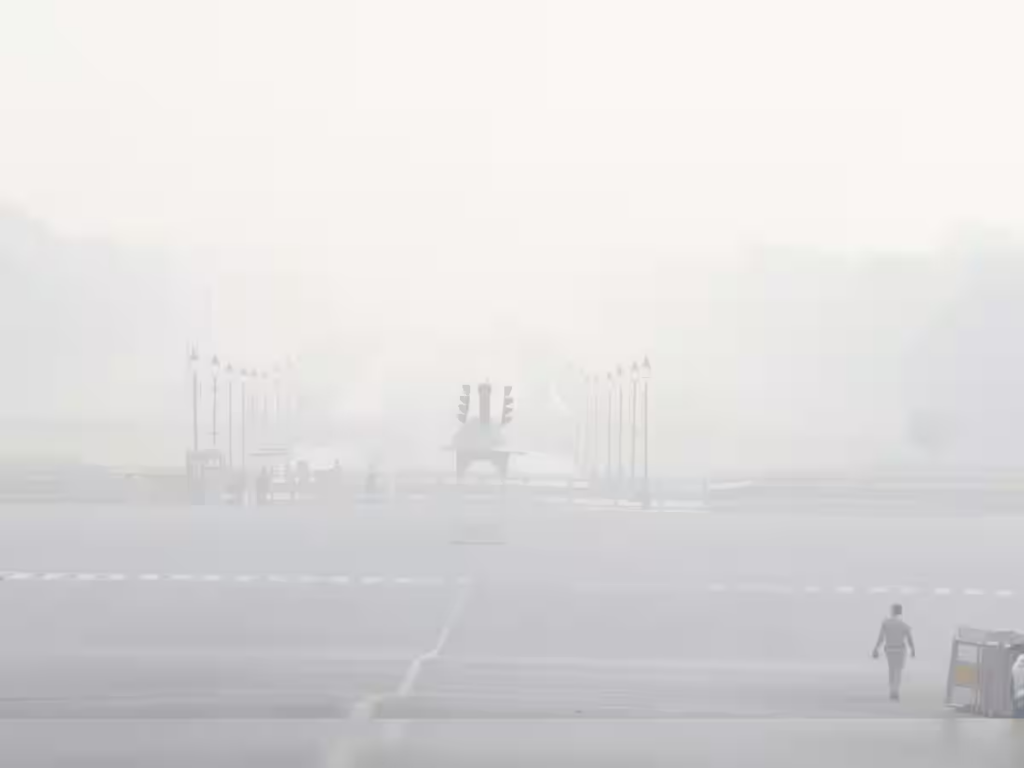
3. A cyclist, wearing mask, heads to his workplace as smog envelops the areas of Lahore, Pakistan.

4. Authorities warned of a complete lockdown in Lahore as AQI crossed 1500.

5. In 2024, Bangladesh recorded the highest population-weighted PM2.5 concentration at 79.9 micrograms per cubic meter (µg/m³)
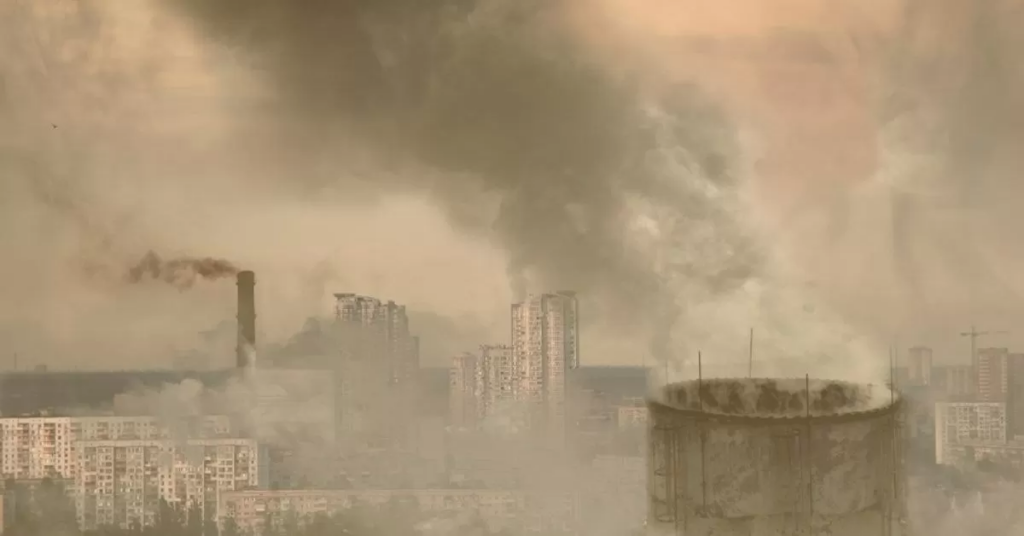
6. The Dushanbe-2 power station, inaugurated in 2016, burns about 45% of coal produced in Tajikistan.
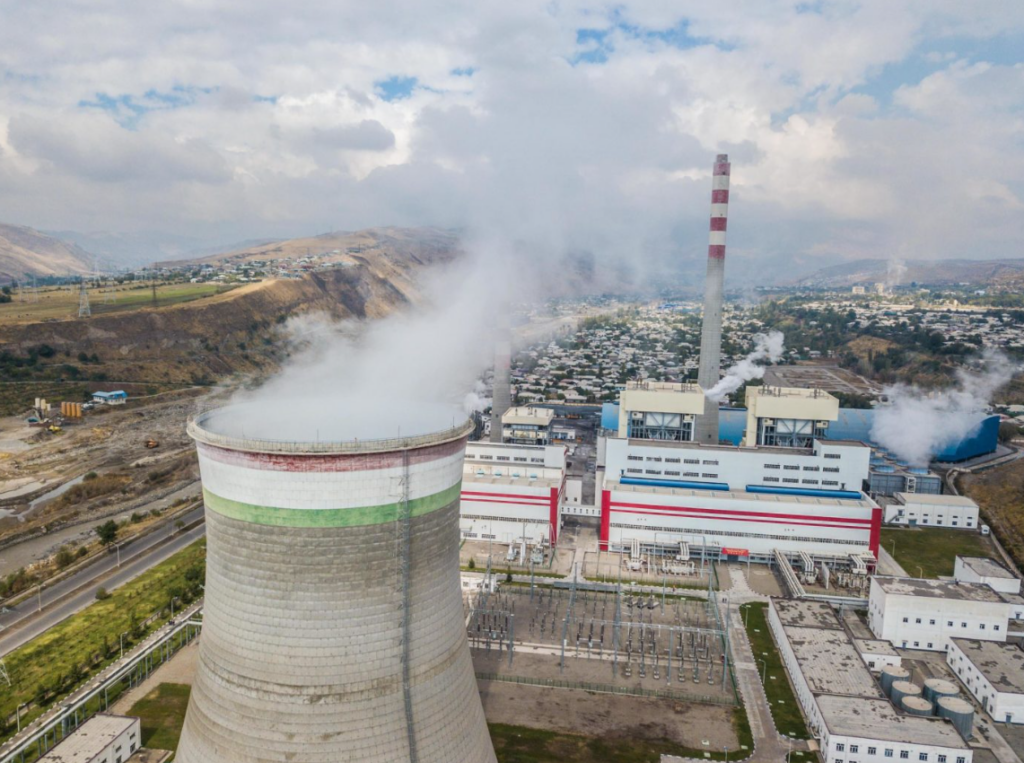
7. Air quality reports over the past year show increasing concentrations of harmful substances in Tashkent city’s atmosphere, raising questions about public health and the city’s environmental sustainability.
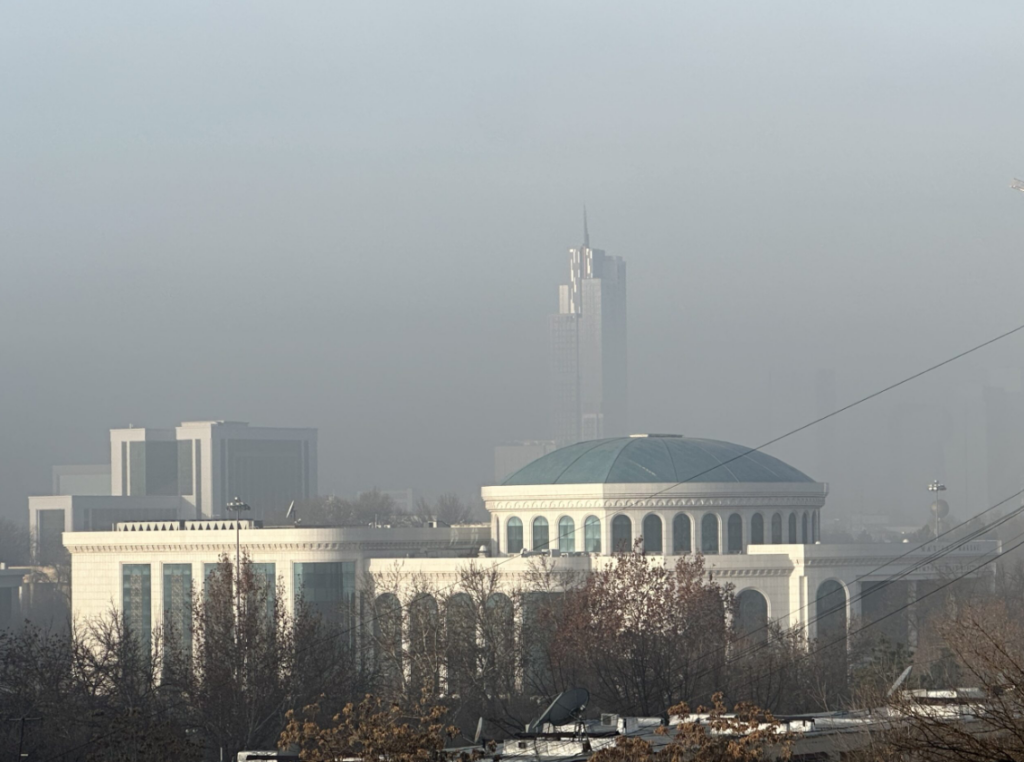
8. Air pollution in Sarajevo, Bosnia and Herzegovina, in December 2020, which kills thousands of people prematurely each year.
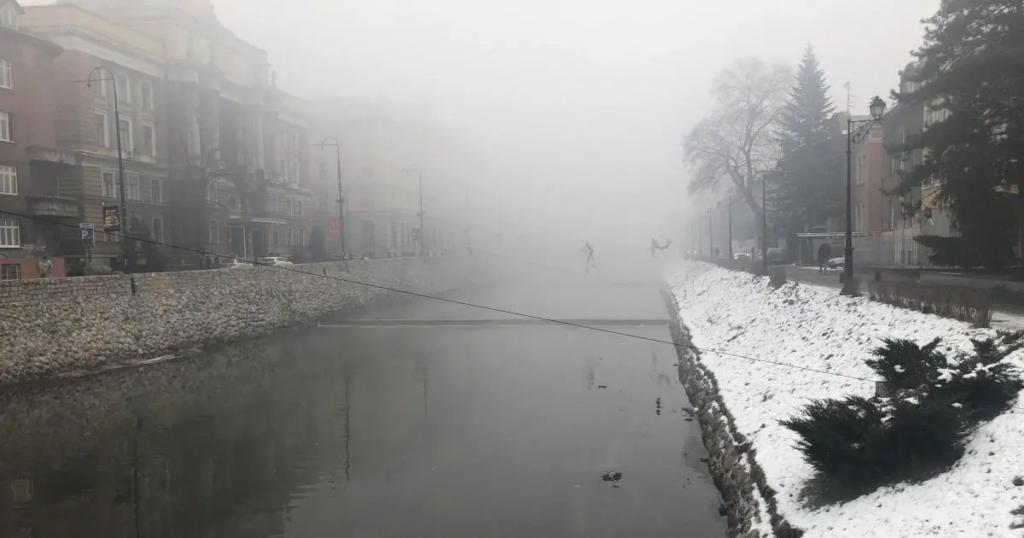
9. Iraq is also in the index of the world’s most polluted cities.
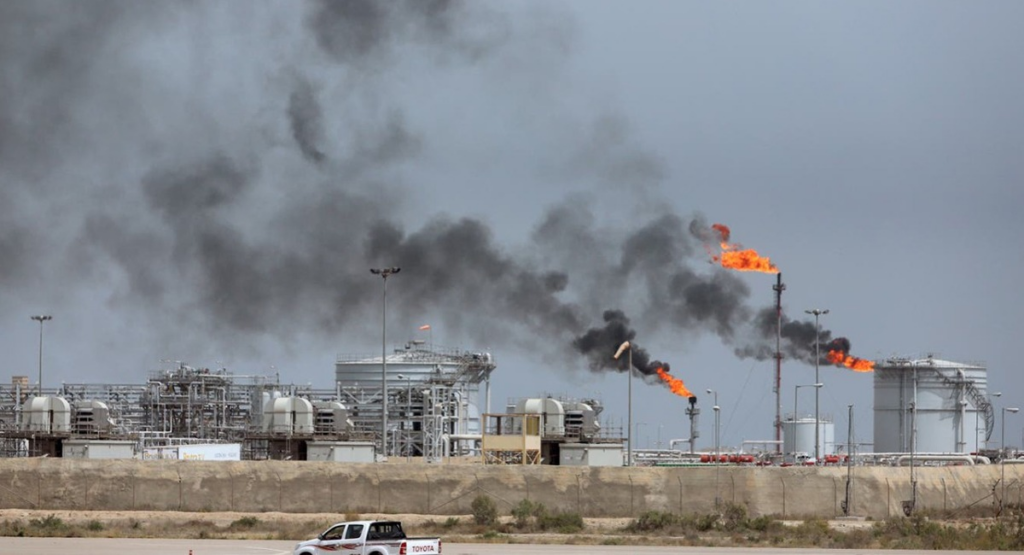
10. For the people of East and Southeast Asia, air pollution has become an all too familiar sight.
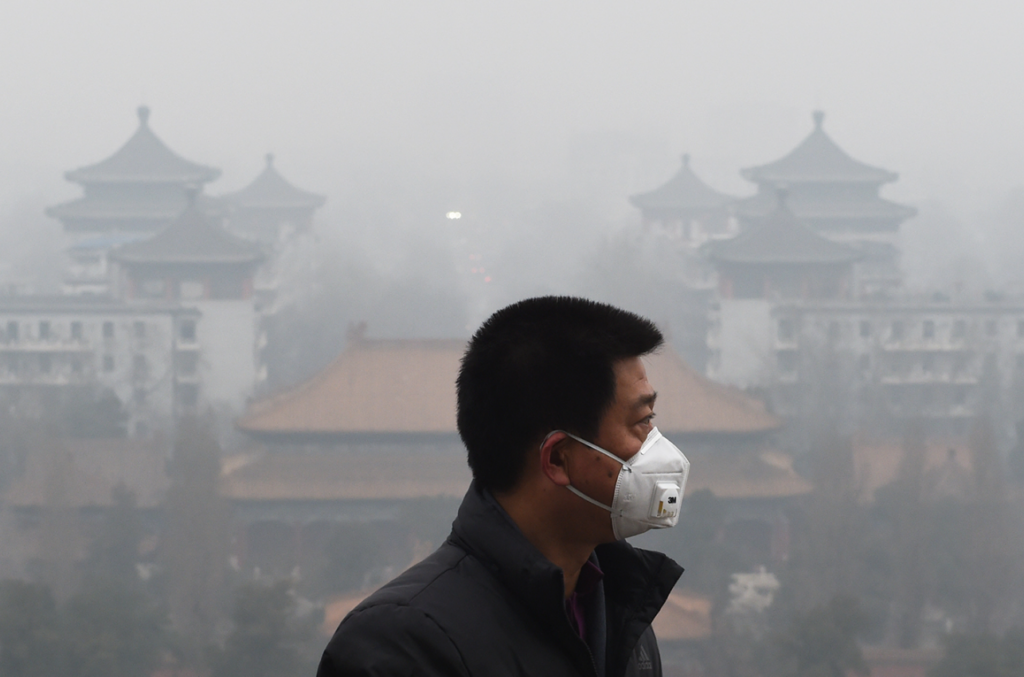
Here’s the harsh truth: when cities start looking like scenes from a dystopian movie, it’s clear we’re doing something wrong. Clean air shouldn’t be a luxury, it’s high time we start treating it like the lifeline it is.

















